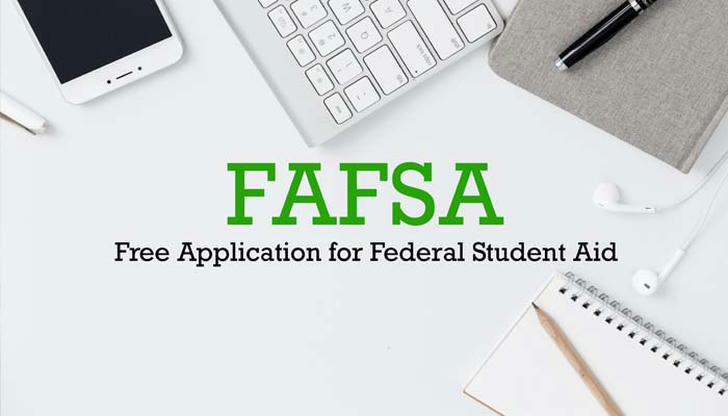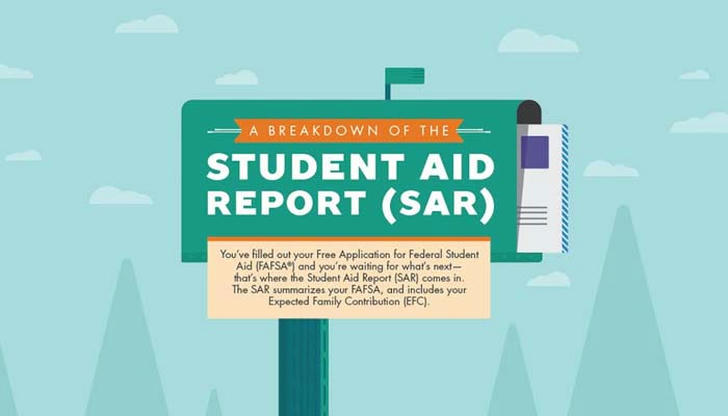How to Apply for Student Loans: A Step-by-Step Approach

Applying for student loans can feel overwhelming. However, understanding the process can make it manageable and stress-free. Whether you’re considering federal loans, private loans, or both, this guide will walk you through the essential steps.
1. Understand Your Loan Options

Before diving into the application process, it’s important to know what types of loans are available.
• Federal Student Loans: These are provided by the government and often have lower interest rates and more flexible repayment options.
• Private Student Loans: Offered by banks, credit unions, or online lenders. They may require a credit check and can have higher interest rates, but they might also offer larger loan amounts. Pro Tip: Always explore federal loan options first as they typically come with borrower protections like income-driven repayment plans and loan forgiveness programs.
2. Fill Out the FAFSA

The Free Application for Federal Student Aid (FAFSA) is your gateway to federal student loans, grants, and work-study programs.
• Visit the official FAFSA website (studentaid.gov) and create an account.
• Gather required documents: These include your Social Security number, tax returns, and other financial records.
• Complete the form accurately: Mistakes can delay the process or affect your eligibility.
• Submit the form on time: FAFSA deadlines vary by state, so make sure you’re aware of your state’s due date.
3. Review Your Student Aid Report (SAR)

After you submit your FAFSA, you’ll receive a Student Aid Report (SAR). This document summarizes your FAFSA responses and includes your Expected Family Contribution (EFC).
• Review for accuracy: Ensure all the information is correct. If there are any mistakes, update your FAFSA as soon as possible.
• Understand your EFC: This number helps colleges determine your financial need.
4. Compare Financial Aid Offers

Once your FAFSA is processed, colleges that you applied to will send you financial aid award letters. These outline the types and amounts of financial aid you’re eligible for, including loans.
• Compare interest rates and terms: Look at federal loan options like Direct Subsidized Loans, which don’t accrue interest while you’re in school, versus Direct Unsubsidized Loans, which do.
• Check the total cost: Consider how much you’ll owe after graduation. Factor in tuition, fees, and living expenses.
5. Choose the Right Loan
Not all loans are created equal. Select the loan that best fits your needs and financial situation.
• Federal Loans: Typically a safer option for most students.
• Private Loans: Use these only if you’ve maximized federal loans and need additional funds. Note: Private loans often require a co-signer, especially for students without established credit.
6. Complete the Loan Entrance Counseling (for Federal Loans)

First-time federal loan borrowers are required to complete entrance counseling.
• Purpose: To ensure you understand the responsibilities and obligations of borrowing.
• How to complete: Visit studentaid.gov and take the counseling session online.
7. Sign the Master Promissory Note (MPN)
The Master Promissory Note is a legal document that binds you to repay your federal loan.
• What it includes: Terms and conditions, repayment plans, and interest rates.
• Signing: You can sign electronically on studentaid.gov.
8. Apply for Private Loans (if needed)
If federal loans don’t cover all your expenses, you may need to consider private student loans.
• Research lenders: Look for reputable banks or credit unions with competitive rates.
• Prequalification: Many lenders offer prequalification, which shows potential loan terms without affecting your credit score.
• Apply with a co-signer: This can help you secure a lower interest rate if you have limited credit history.
9. Keep Track of Your Loans

It’s crucial to stay organized when managing student loans.
• Use a spreadsheet: List your loan amounts, interest rates, and payment start dates.
• Consider a loan servicer’s app: Federal loan servicers have mobile apps that allow you to check your balance and payment due dates.
Final Thoughts

Applying for a student loan is not an easy process, but breaking the process down makes it easier. The top tips actually include starting early, staying organized, and last but not least, prioritizing federal loans due to the benefits afforded to the borrowers. Knowledge of your available options and requirements helps to finance your education wisely and prepare for the correct loan reimbursement after graduation.
